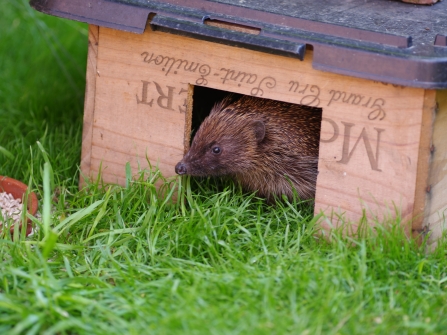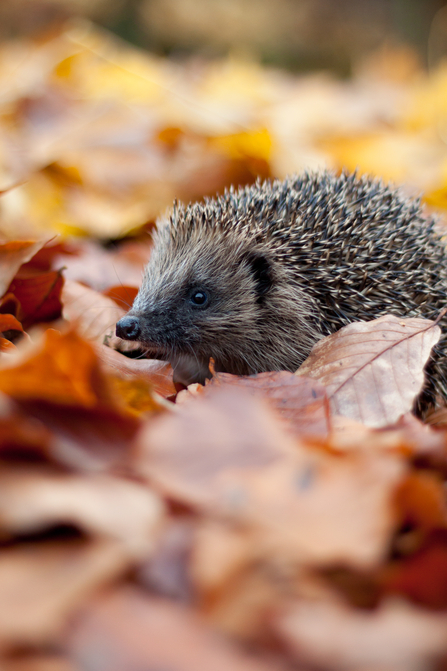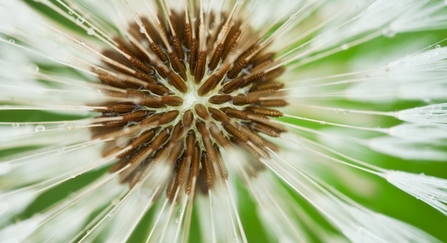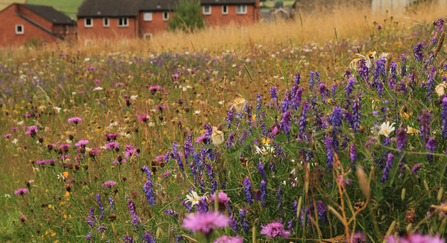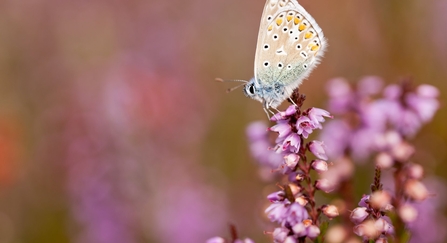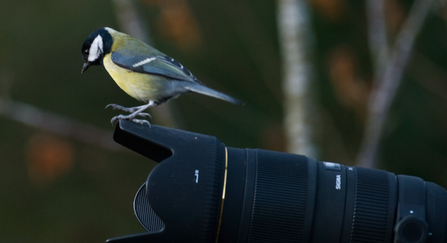
October is a month brimming with colour! Fat orange pumpkins swell in the garden, ready to be carved into sharp toothed jack O’ lanterns and cooked into copper-coloured soups. The trees are darning their vibrant reds, yellows and golds as they dress for their seasonal finale.
Take a step outside and you’ll see your silvery breath mist in the air for the first time. The cool air flushes warmth into your cheeks and turns them a rosy pink. Now certainly is not the time to retreat from the garden. There’s still a lot that can be done to support wildlife on your doorstep.
Here are the four things you can do to get your garden set for wildlife this autumn:

